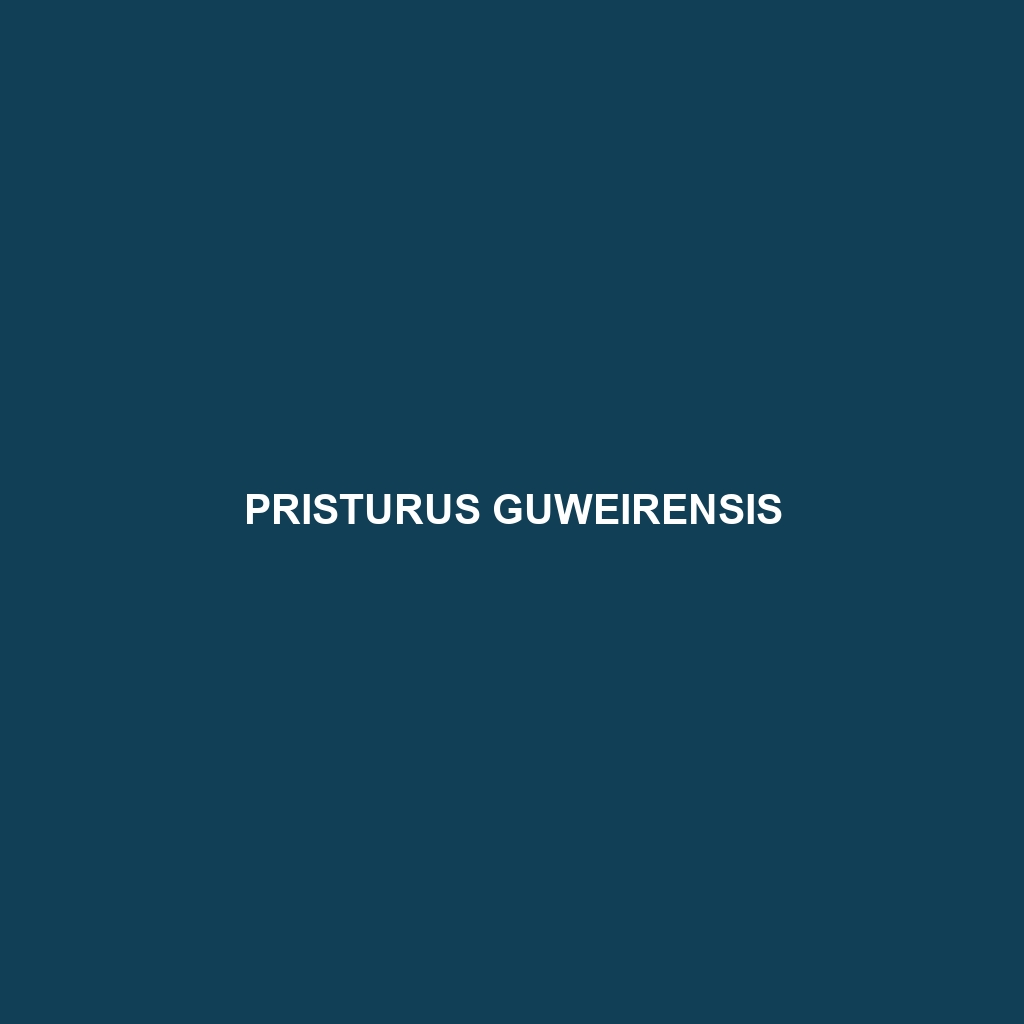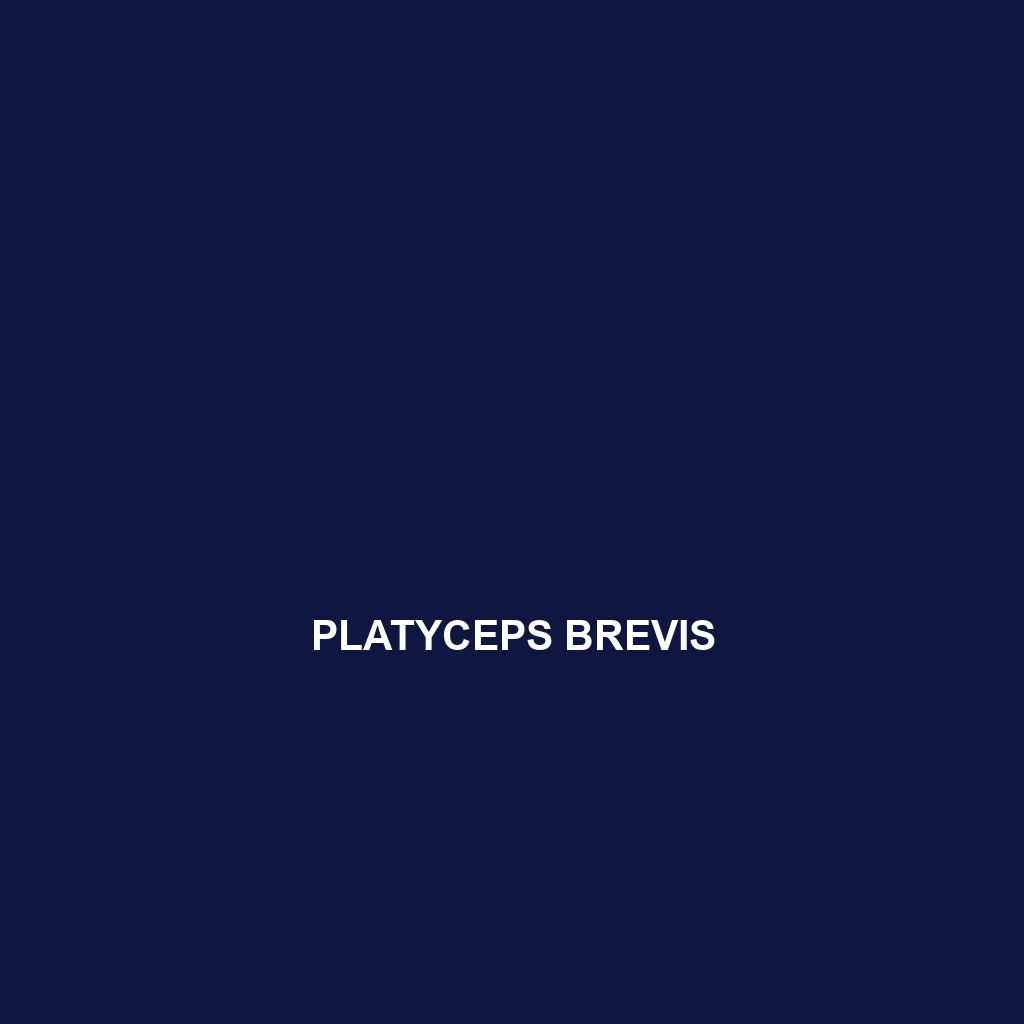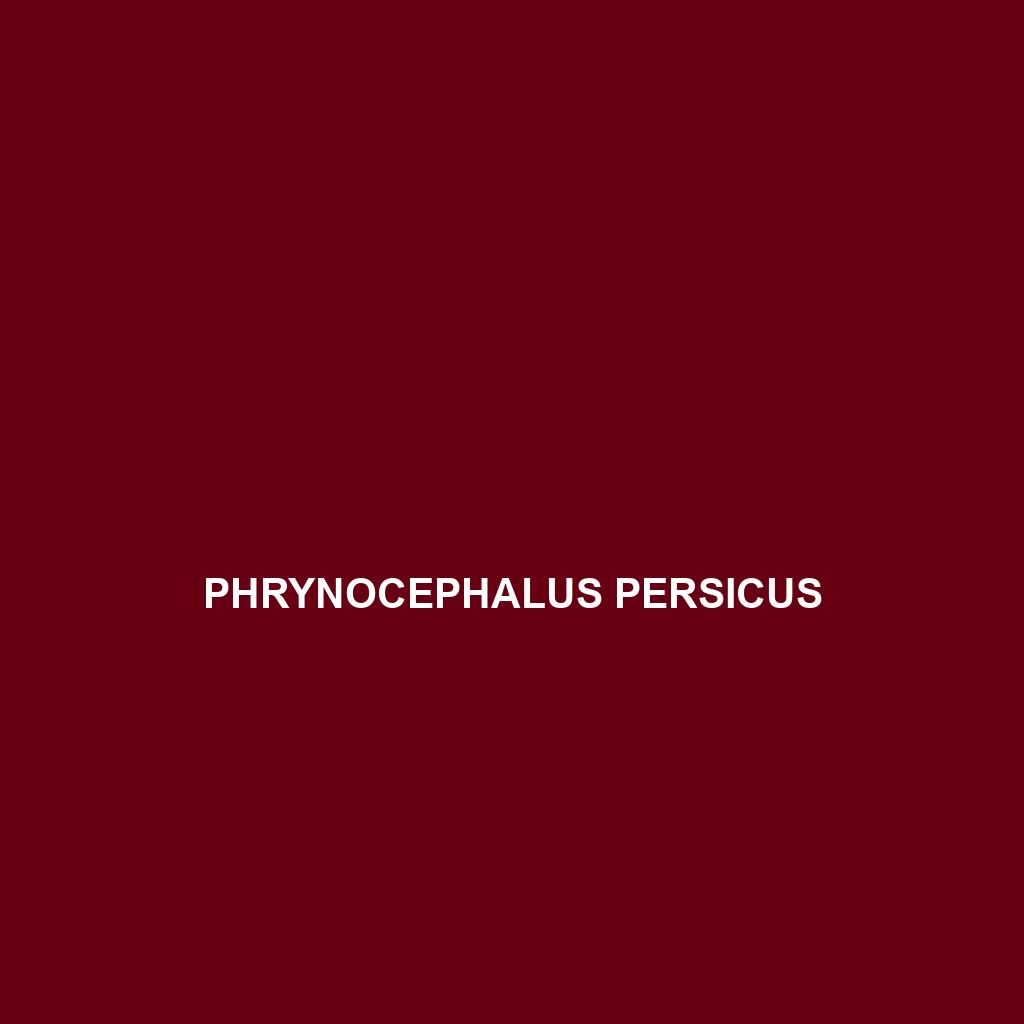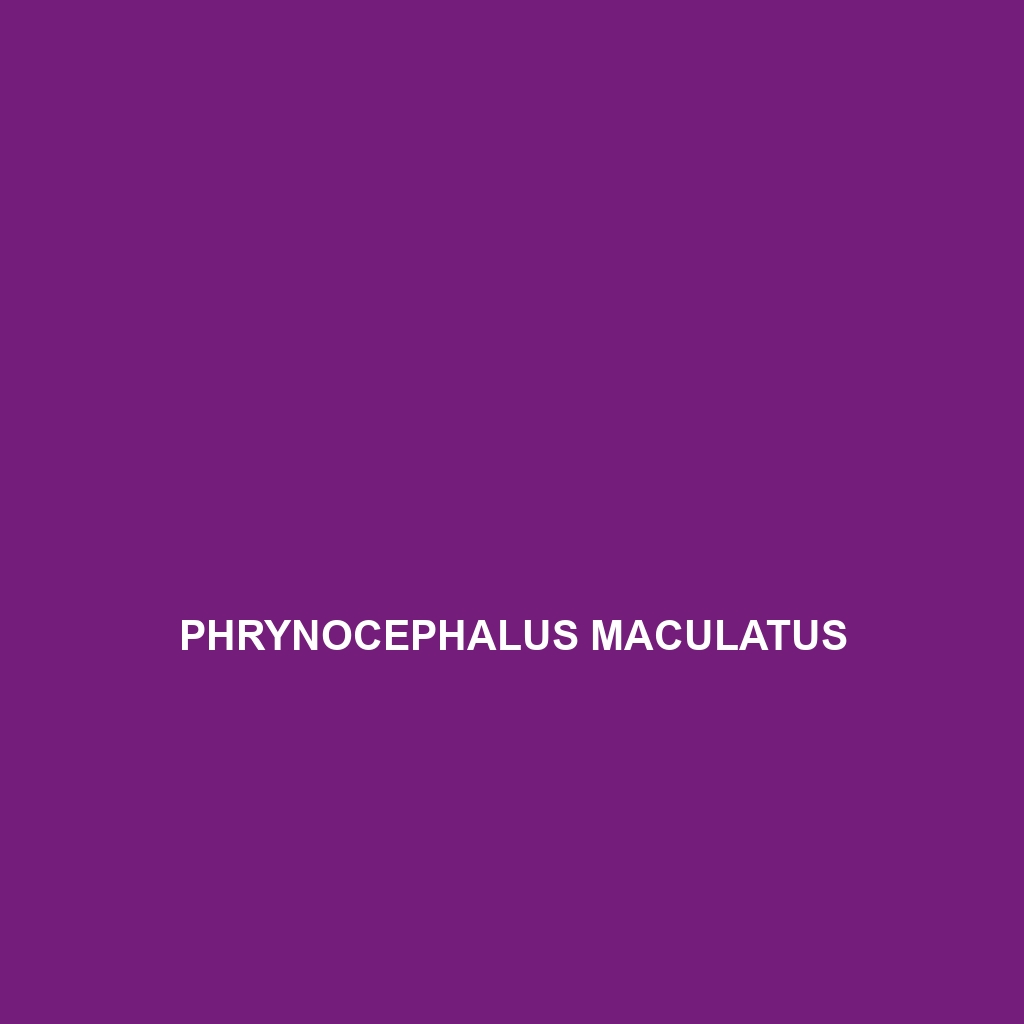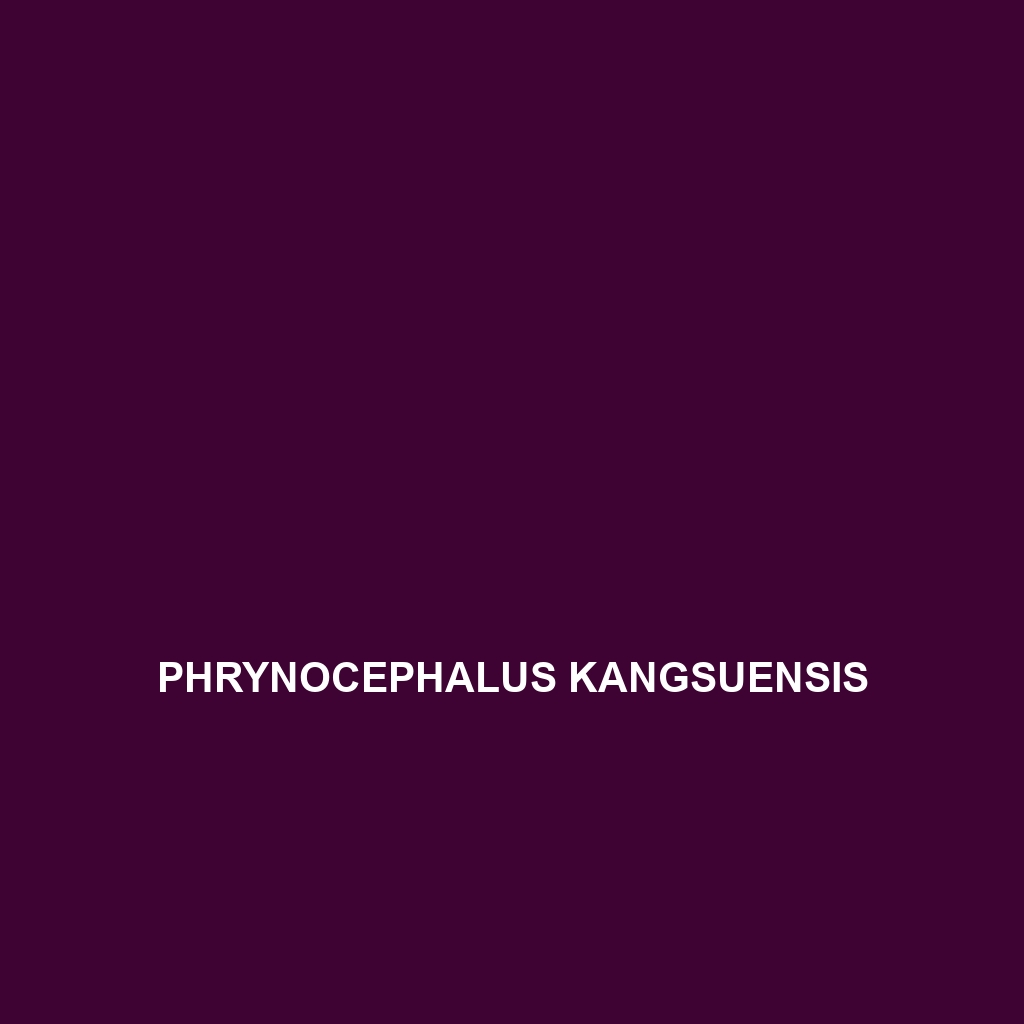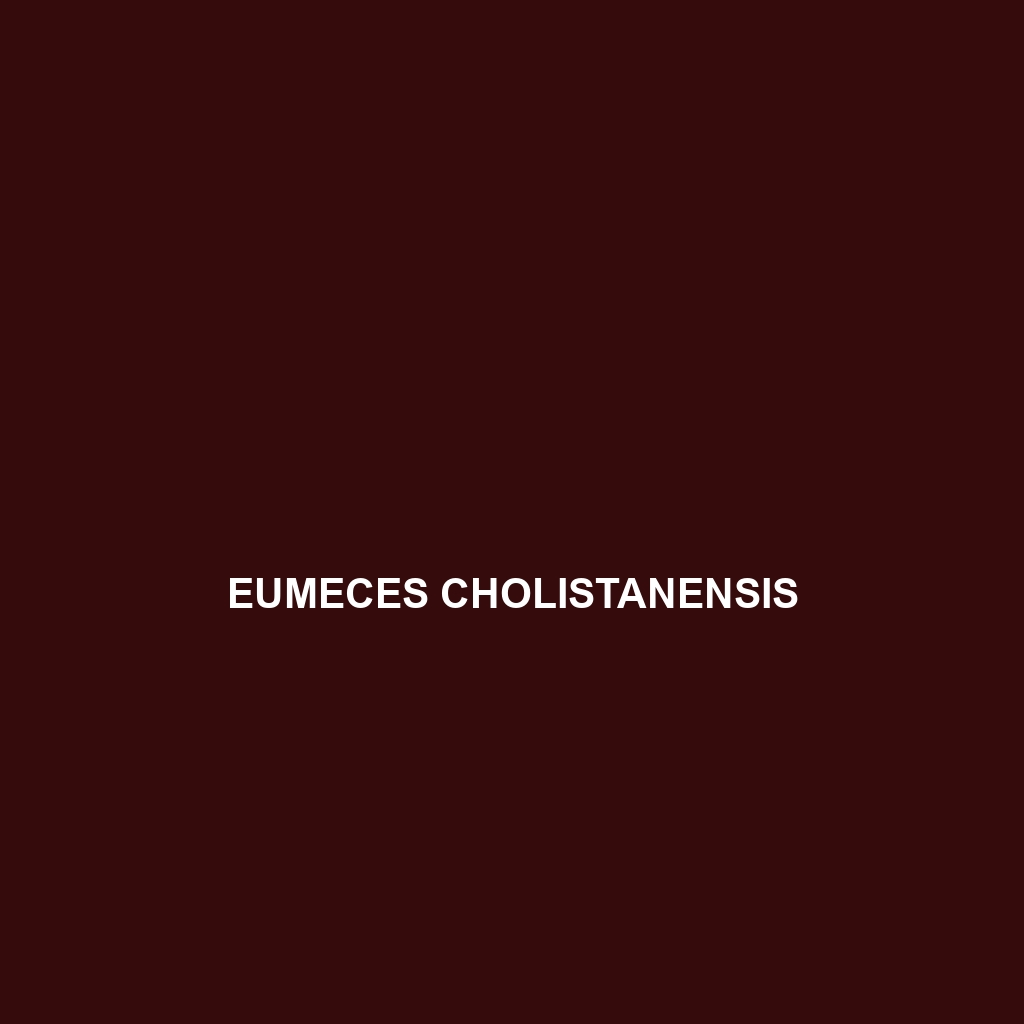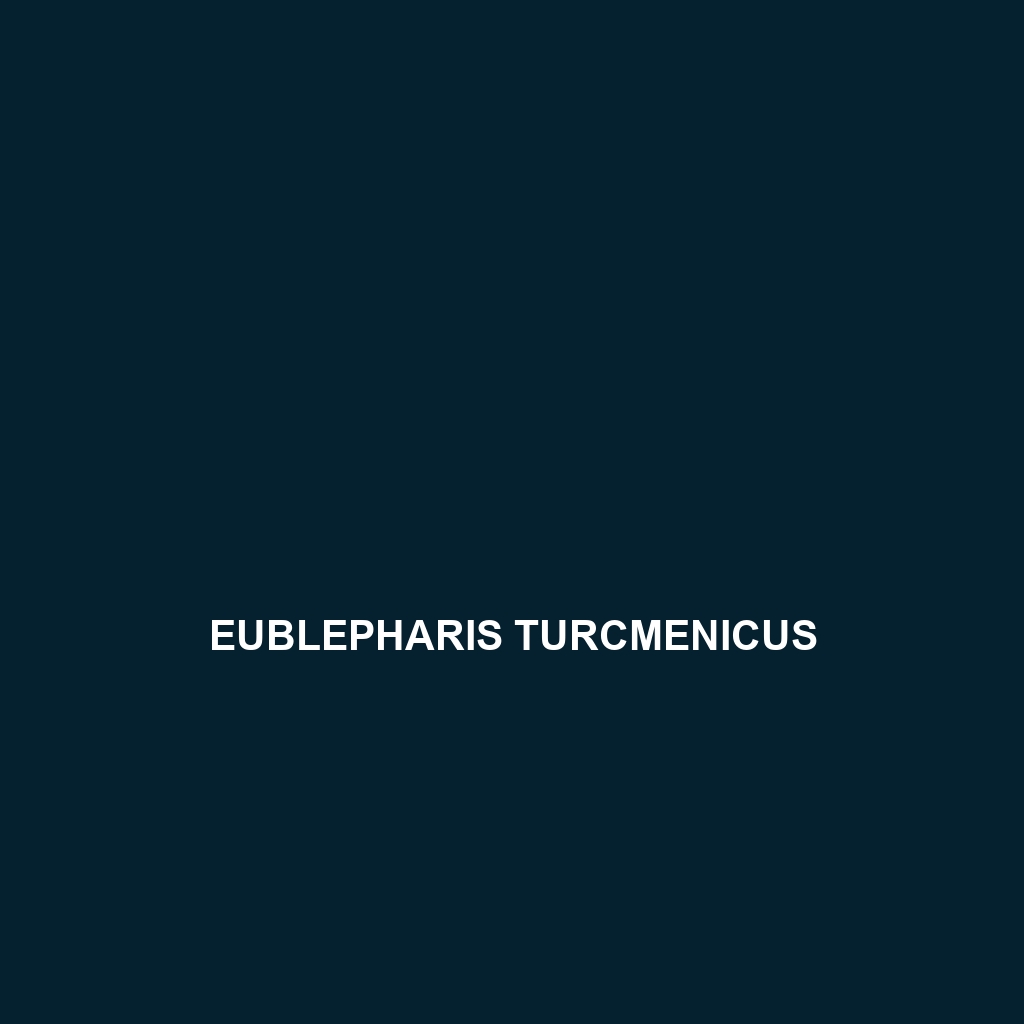<p><b>Pristurus guweirensis</b>, a moderately sized lizard found in the arid ecosystems of the Arabian Peninsula, showcases exceptional climbing abilities and a diet primarily consisting of insects. Known for its distinctive coloration and resilience, this species plays a vital role in controlling pest populations and maintaining ecological balance in its habitat.</p>
Tag: arid environment species
Pristurus guweirensis
<p><b>Pristurus guweirensis</b>, a moderately sized lizard found in the arid ecosystems of the Arabian Peninsula, showcases exceptional climbing abilities and a diet primarily consisting of insects. Known for its distinctive coloration and resilience, this species plays a vital role in controlling pest populations and maintaining ecological balance in its habitat.</p>
Platyceps brevis
Discover the fascinating Platyceps brevis, a slender snake from North Africa and the Middle East, known for its striking sandy brown and muted orange coloration, flattened head, and adaptability to arid environments. This opportunistic carnivore primarily feeds on rodents and lizards, showcasing intriguing behaviors such as ambushing prey and playing dead when threatened.
Phrynosoma goodei
Goode's horned lizard (<i>Phrynosoma goodei</i>) is a fascinating species native to the arid regions of Arizona and New Mexico, characterized by its distinctive horn-like head projections, flattened body, and unique defense mechanism of camouflage. This insectivorous lizard thrives in semi-desert habitats, playing a vital role in its ecosystem by helping control insect populations.
Phrynocephalus persicus
Discover the fascinating Phrynocephalus persicus, or Persian toad-headed agama, known for its remarkable adaptation to arid environments of Iran, featuring a robust, flattened body, and distinctive color-changing abilities that aid in camouflage. This insectivorous lizard plays a crucial role in maintaining the balance of desert ecosystems by controlling insect populations while serving as an essential food source for larger predators.
Phrynocephalus maculatus
<p><b>Phrynocephalus maculatus</b>, commonly known as the spotted toad-headed agama, is a medium-sized lizard thriving in the arid regions of Central Asia, characterized by its flattened body, unique coloration, and remarkable sand-burrowing ability. This insectivorous species plays a crucial role in maintaining ecological balance while adapting to harsh desert conditions.</p>
Phrynocephalus kangsuensis
Discover the fascinating Phrynocephalus kangsuensis, or Kangsu toad-headed agamid, a remarkable reptile thriving in the arid regions of Central Asia. This insectivorous species is known for its unique physical traits, including a flattened body for burrowing, striking coloration for camouflage, and a critical role in controlling insect populations in its desert ecosystem.
Mesalina bahaeldini
Discover the fascinating <b>Mesalina bahaeldini</b>, a slender lizard native to arid regions of the Middle East, known for its sandy brown coloration and exceptional adaptations to extreme temperatures. As an insectivore, it plays a vital role in its ecosystem by controlling insect populations and supporting biodiversity in its desert habitat.
Eumeces cholistanensis
The Eumeces cholistanensis, or Cholistan skink, is a medium-sized, diurnal insectivore native to the arid Cholistan Desert in Pakistan, featuring a robust body, smooth scales, and a light brown coloration with darker stripes for effective camouflage. This skink plays a vital role in its ecosystem by controlling insect populations and serves as a prey source for larger animals while displaying unique adaptations for burrowing and survival in harsh conditions.
Eublepharis turcmenicus
Eublepharis turcmenicus, commonly known as the Turkmen Leopard Gecko, is a nocturnal insectivore native to Central Asia, characterized by its robust body, distinctive yellow to beige coloration with dark spots, and ability to thrive in arid environments. This species plays a crucial role in its ecosystem by controlling insect populations and serving as prey for larger animals.

